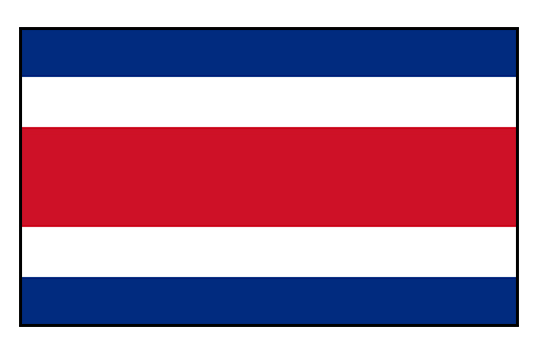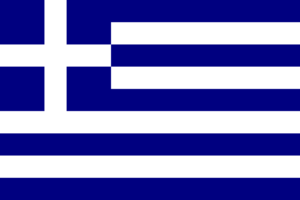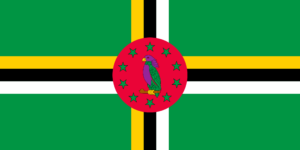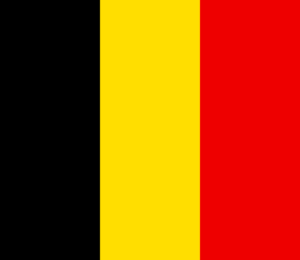

X
This site uses cookies. By continuing to use this site you agree to our use of cookies. To find out more, see our Privacy Policy and Cookie Policy.

Flags are powerful symbols that can communicate a nation’s identity, values, and history. While the designs and patterns vary widely, the colours chosen for flags are a crucial aspect of their symbolism. Here we explore the most and least common flag colours found on flags around the world.
Red stands tall as one of the most prevalent colours on flags worldwide. Notably, red is a dominant hue in almost 75% of national flags. It can symbolise courage, sacrifice, and often represents historical struggles.

White signifies purity, peace, and neutrality. Many flags feature white prominently, either as a background colour or as a central element. Notable examples include the flags of France, Japan, and the UK.

Blue is often associated with loyalty and freedom. Countries like the United States, Greece, and Argentina incorporate shades of blue. This contributes to a sense of strength, stability, and sometimes denotes a maritime connection.

Green symbolises nature, growth, and hope. Many African nations, including Nigeria and Kenya, feature green prominently. Additionally, Saudi Arabia and Pakistan are examples of countries where green holds cultural and religious significance.

Yellow and gold are colours associated with wealth, prosperity, and sometimes the sun. Flags like those of Brazil, Germany, and Grenada include varying shades of yellow or gold. This can reflect both cultural and historical meanings.

Purple is often associated with royalty and few nations incorporate it into their designs. Dominica is an exception, featuring a purple parrot on its flag. The scarcity of purple is often due to the fact it was once a challenging and expensive colour to produce.

Orange is not as prevalent as other colours on national flags. However, it is notably present in the flags of countries like Ireland and India. Orange can represent courage, endurance, and religious significance.

Brown is only used by a handful of countries in their national flags. It does not appear as a major background colour on any national flag. It is used in small areas of coats of arms or other emblems, such as on the American Samoa flag. Brown often symbolises the land or the earth.

Pink is not a traditional colour associated with national symbolism, and its use is limited. There are no widely recognised examples of a national flag prominently featuring pink.
Black is a strong and bold colour, but it is not commonly used on flags. However some flags, like those of Germany and Belgium, do incorporate black. This often symbolises historical events or unity.

Colours on flags serve as visual representations of a nation’s history, values, and aspirations. The prevalence or rarity of certain colours reflects cultural, historical, and even practical considerations. As we celebrate the rich tapestry of flags around the world, the diverse use of colours continues to captivate and convey the unique stories of each nation.